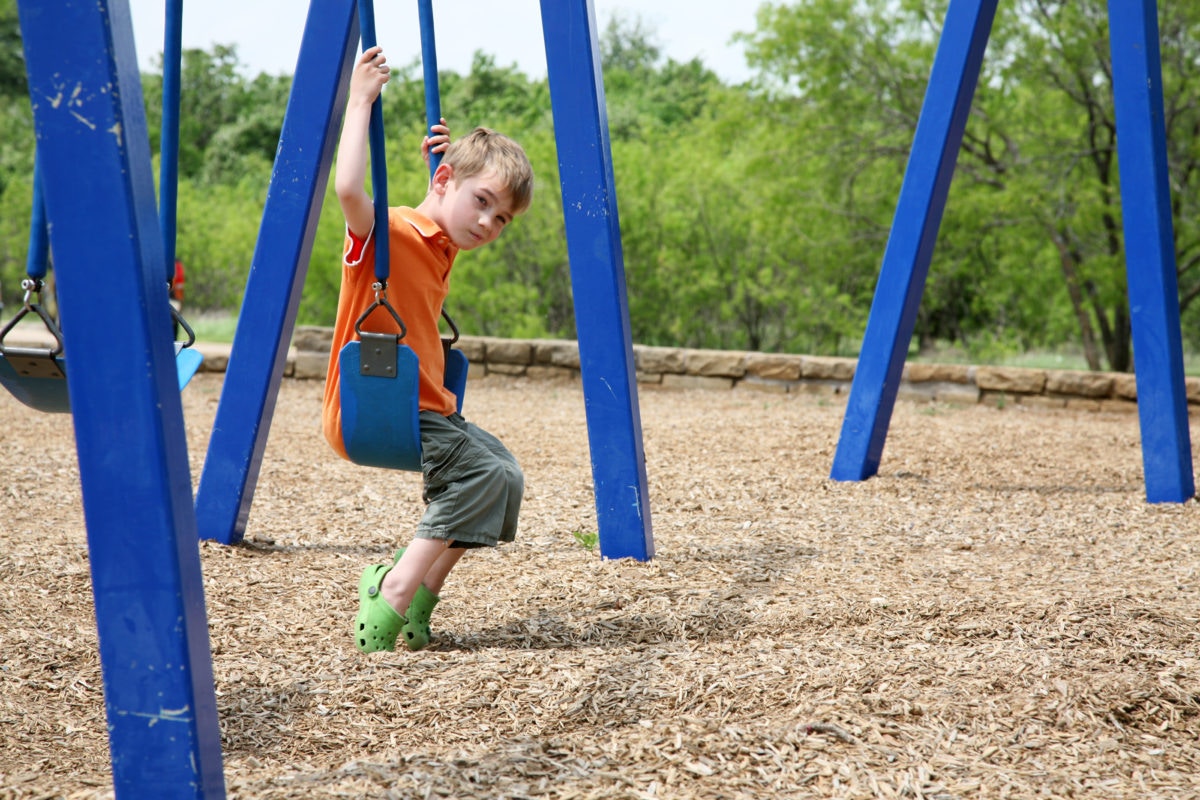I love a good family selfie as much as the next parent, and whose phone doesn’t have a few extreme close-ups of your child’s nostrils? (Or 263, if your stealth three-year-old hijacked your phone while you were in the shower and laid his chubby finger on the “burst” setting?) Many of today’s kids can operate a cell phone camera before they can tie their own shoes. Why not use this to your advantage? Once you’ve wisely invested in a drop-proof case, or maybe scored a
new iPhone 8 and cleared your old phone
for kid use, here are some ideas for using your phone camera as a family that will entertain your kids and build brainpower at the same time.
Create personalized photo albums
If your child loves to scroll through your photo collection, make albums just for her. Talking about a collection of faces of family members and other VIPs or familiar places and objects is a surefire language booster. Insert text to show the first letter or entire word on each photo and “read” the album like a makeshift alphabet book –“'G' is for Grandma”– for added value. Practice faces for various emotions like “excited,” “surprised,” and “tired” using your phone as a mirror. A “feelings” selfie collection helps your child learn vocabulary
essential for healthy emotional development.
Possibilities for photo scavenger hunts are endless. Capitalize on obsessions-of-the moment to find and photograph green things, sports balls, vehicles, or whatever else your child can’t stop thinking about. Involving your child in the process makes for an enjoyable afternoon and can even make errands more fun. All these conversations teach “same and different,” categorization, and new vocabulary. An older child can build science knowledge by hunting for items in nature or improve letter recognition by snapping photos of familiar packaging, road signs, and business names. You could even print favorite collections into actual books using an online photo book service.
Manage life’s challenges
If your child can’t bear to wreck the block castle he made when it’s time to clean up for dinner, let him take a photo of it. Documenting something temporary makes it feel acknowledged and can help a child learn to move on. You can
teach routines like getting ready for bed, table manners, or getting dressed by taking a photo of your child completing each step and reviewing the photo list again and again. Teach strategies for navigating difficult sibling situations by asking your children to “rewind” so they can star in a video about solving the conflict or cooperating and then watch it together.
Bring pretend play into the 21st century
Imaginative play is
ripe with learning opportunities on its own, but if it’s been a long, rainy day or you wish your child would move onto a new game, strategically using photos and video can add pizzazz. Have your child create meals with play food and snap photos for a pretend restaurant menu. Be prepared for some creative ingredient combinations and camera angles. Cut a hole in a large box to be a TV and film your child pretending to report on the family news or weather. This is especially fun when you’re stuck inside due to the actual weather and can include footage from out the window.
Tell the story of an experience
When your child goes to school, standards like the Common Core will
require her to use descriptive language, explain sequences of events, and break down complex ideas into parts. To get a jump start on these skills, film your child giving a video tour of something she’s created like a blanket fort, sand castle, or fairy house. Take photos or video clips of the steps of a cooking project and have him share the “recipe” with family members. Interview each other about how something works or how one creation (e.g., a ramp for toy cars) works differently than another.
Take reading practice up a notch
For a child who is beginning to read, film him reading to encourage him to
practice reading fluently. Watch the video together to celebrate what he did well. Note spots to keep practicing and try another round. A child who isn’t yet reading conventionally can retell familiar books for the camera using the pictures or tell a story based on a picture she drew. While these activities are beneficial without the camera, using video can be extra motivating.
Enhancing play and learning with photos and video makes experiences personal and concrete, and – let’s face it – plays into kids’ natural narcissistic tendencies. Using Mom or Dad’s phone camera feels like a special privilege if you keep it as a back-pocket kind of treat. An added bonus: Those photos and videos will be treasures you’ll enjoy long after your child wants to play restaurant with you.



